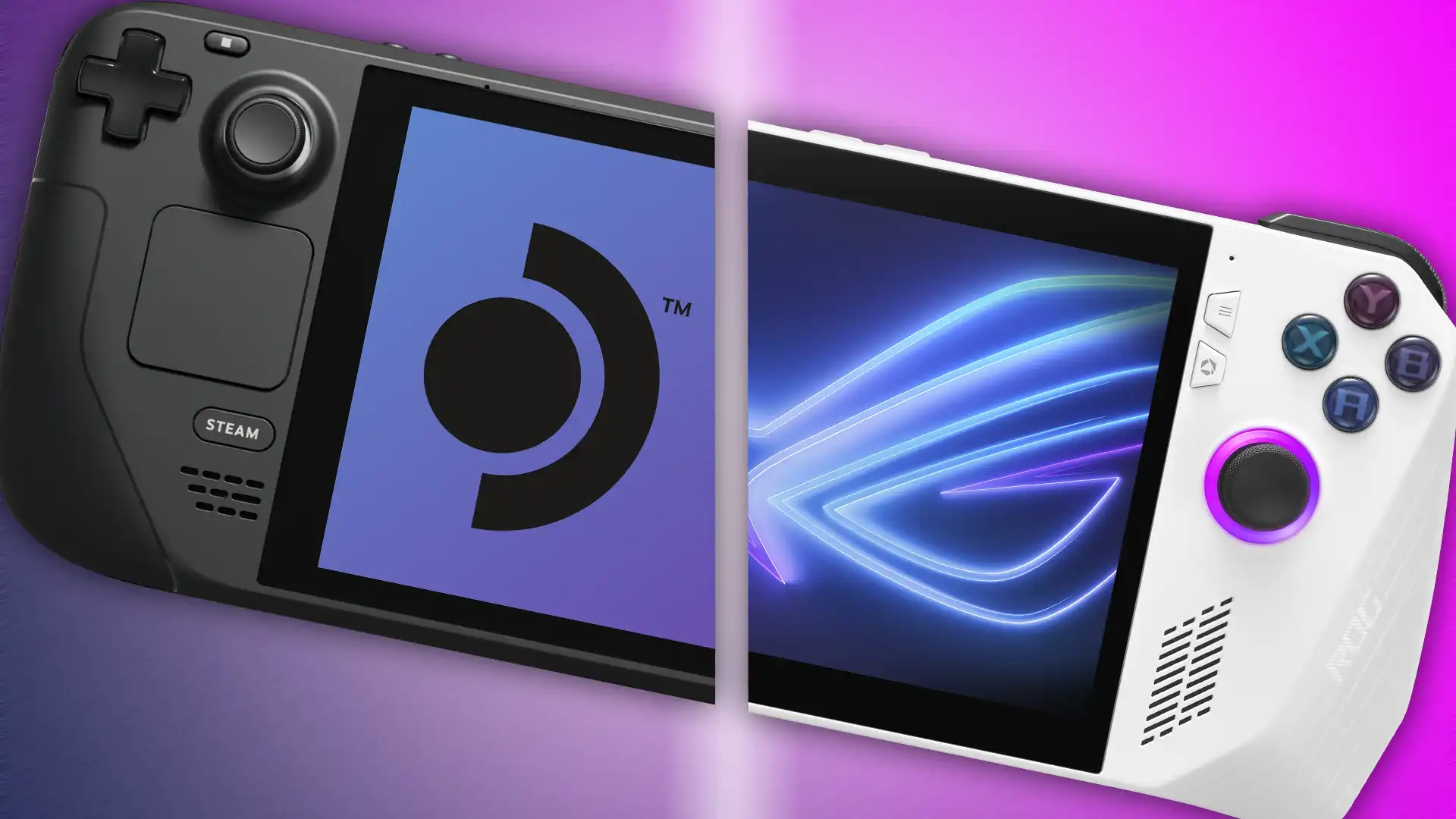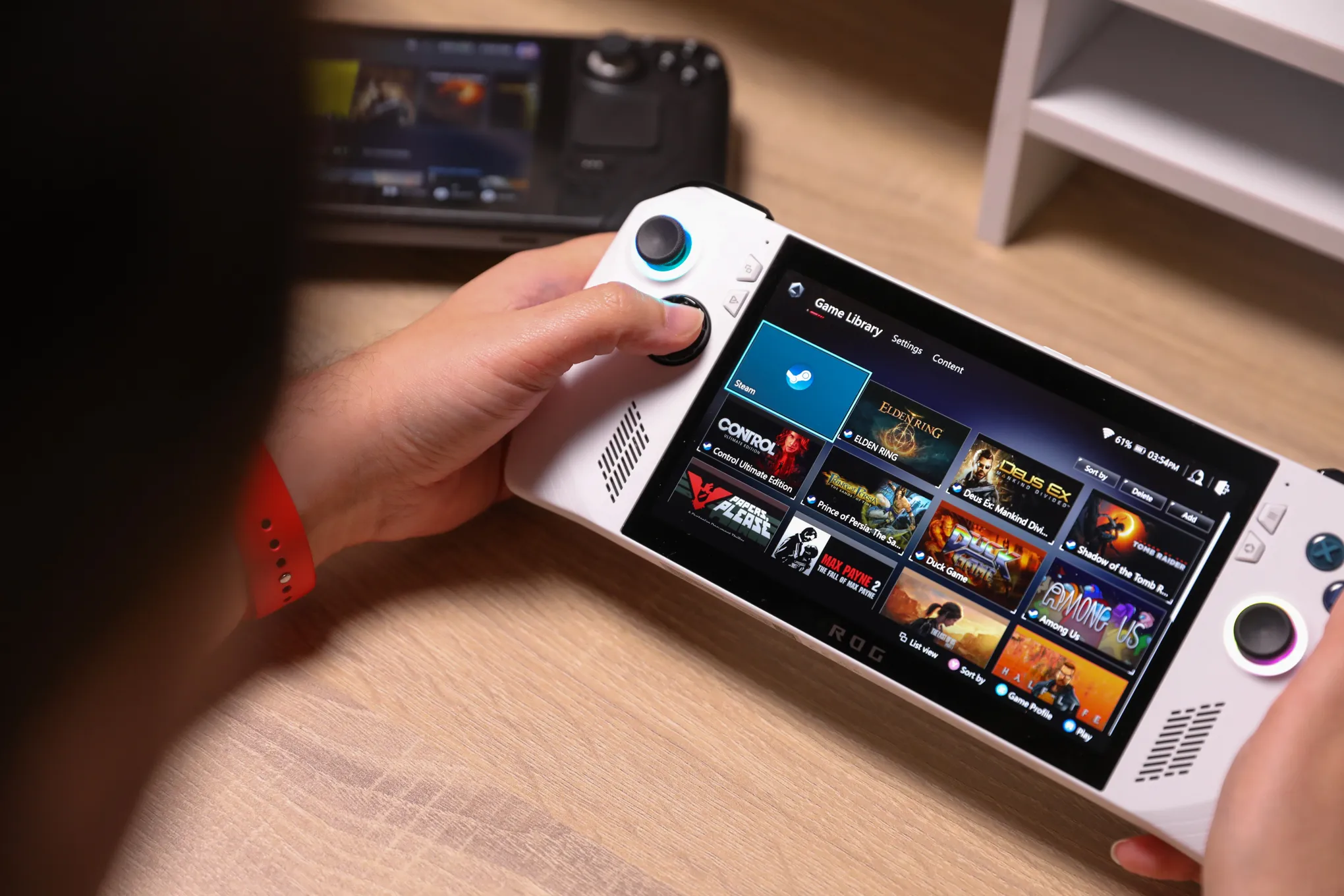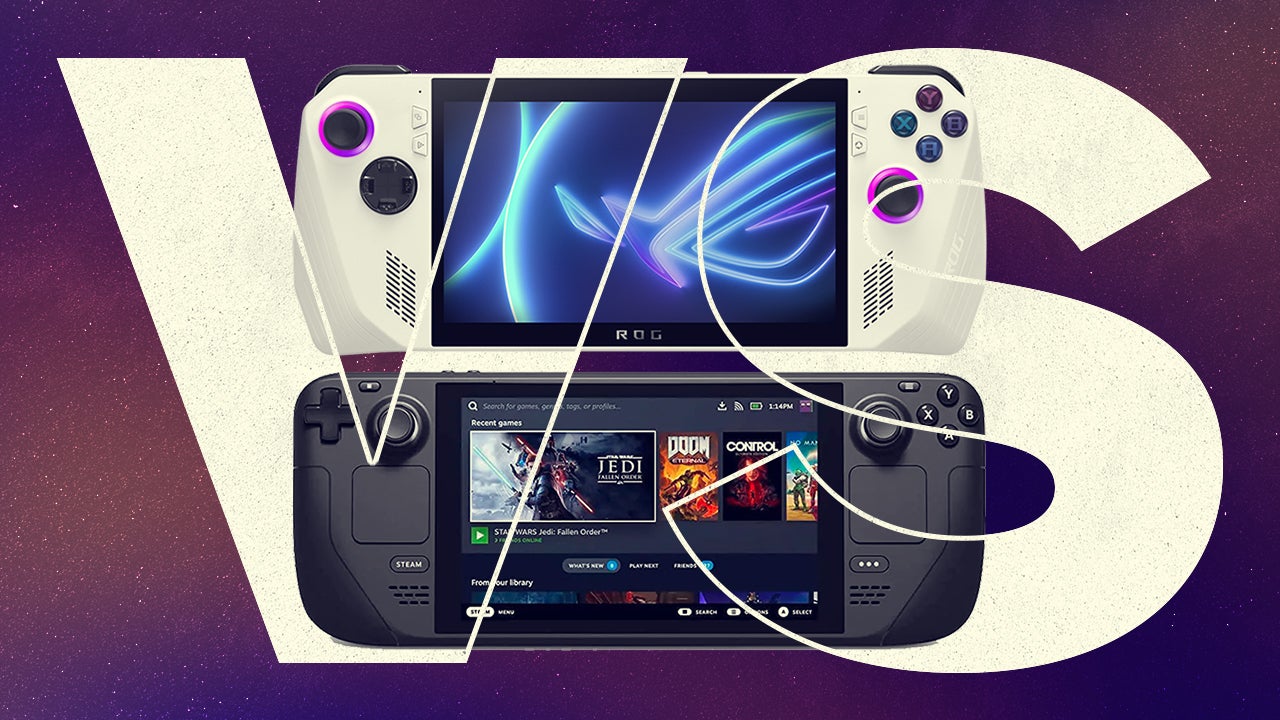Clash of the Handheld Titans: Asus ROG Ally vs. Steam Deck

The handheld gaming world has never been more exciting. Once dominated by consoles like the PSP and Nintendo Switch, the landscape has shifted toward powerful PC-based portables. At the center of this new wave stand two heavyweights: Valve’s Steam Deck and Asus’ ROG Ally. Both promise a full PC experience in the palm of your hands, but they take very different paths to get there.
Performance Powerhouse vs. Reliable Workhorse
The ROG Ally is built for raw speed. With AMD’s latest Ryzen Z1 Extreme processor, it pushes graphics and frame rates closer to what you’d expect from a compact gaming laptop. The Steam Deck, while not as powerful, counters with balance—it’s tuned for efficiency, ensuring games run smoothly at its 800p resolution without draining the battery too quickly.
Displays that Define the Experience
Visuals can make or break portable play. The Ally boasts a 1080p screen with up to 120Hz refresh, perfect for fast-paced shooters or crisp RPG worlds. Steam Deck’s newer OLED option may cap at 800p, but its vibrant colors and deep blacks bring cinematic flair, particularly for indie and narrative-driven titles.
Controls and Comfort
For long sessions, ergonomics matter. Valve’s Deck features roomy grips, tactile buttons, and unique trackpads that make navigating menus or strategy games surprisingly precise. The Ally, slimmer and lighter, leans toward sleek portability. Its upgraded Ally X model improves comfort, but the absence of trackpads gives the Deck a slight edge in versatility.






